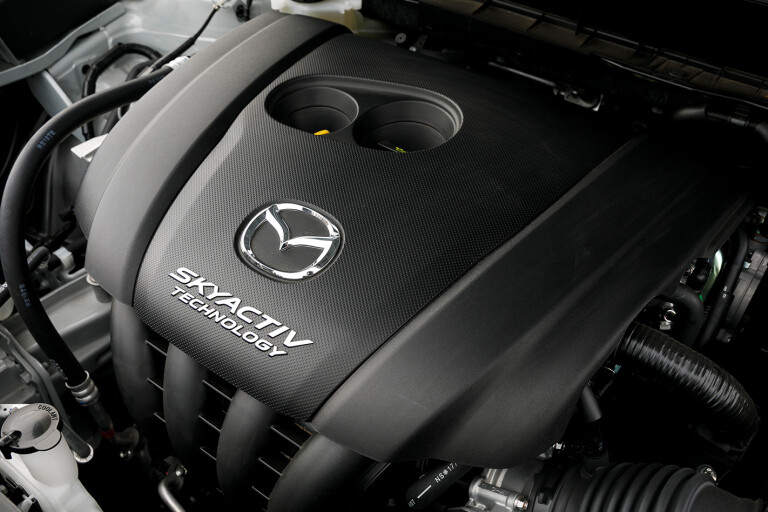
MAZDA has called for a more holistic approach to car emissions, taking into account manufacturing in evaluating a vehicle’s green credentials.
The Japanese manufacturer has said it will work on improving its well-to-wheel emissions, which takes into account CO2 created from the manufacture of materials and the vehicle assembly process itself.
Wheels spoke to Hideki Matsuoka, Mazda’s product division program manager, at the launch of the updated 2018 CX-5 in Australia.

Matsuoka says despite the incessant focus on electric vehicles, internal combustion engines will continue to make up a significant majority of the global new car market.
“There are international energy agencies projecting that even toward 2050 of course there will be a lot of different power sources, but internal combustion engines, including hybrid, will still take up 80 percent or so of the entire market,” he said, speaking through an interpreter.
Matsuoka-san also called into question the ‘emission free’ mantra surrounding purely-electric vehicles.
“Even if you look at EVs, in order to drive EVs you need to have batteries, and in producing batteries they emit CO2 in the process,” he added.
“Given that, we believe internal combustion engines, including hybrids, will still have a place or role to play in terms of preserving our environment.”
Mazda and Matsuoka-san say that well-to-wheel is also used to when assessing the environmental friendliness of infrastructure, for both traditional internal combustion engines and electric vehicles. An unnamed country was used as an example, but Matsuoka-san refrained from specifics.
“I think we have to look at the entire process of well-to-wheel,” he added.
“There is this country where they try to promote EVs, but if you look at the short-term CO2 figure of using all those EVs, they realise that in terms of CO2 reduction, the EVs weren’t really helping.
“I think that we need to take a total approach, including infrastructure and also vehicles that fit in our infrastructure.”
The Japanese manufacturer releases an annual ‘lifecycle assessment report’, within which it tracks and announces its CO2 emissions for the year.
Part of Mazda’s "Sustainable Zoom-Zoom 2030" long-term vision includes development of new technologies to ensure the survival of the internal combustion engine, and process which make the car manufacturing process more environmentally-friendly.

COMMENTS